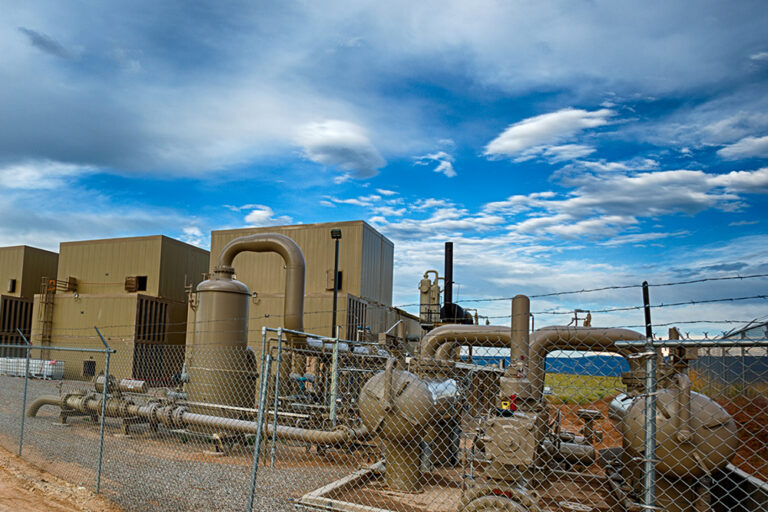Although by no means the only contributor to increasing methane emissions, the oil and gas industry is a target for legislation aimed at achieving substantial methane reductions. The Inflation Reduction Act (“IRA”), which went into effect , imposes substantial monetary penalties (“fees”) for what the law stipulates as excess methane emissions from petroleum and natural gas facilities.
In the larger picture, other greenhouse gases, especially carbon dioxide, figure into the assessment of greenhouse gas emissions. We will address that topic in another post. For our purposes here, however, we’ll focus on methane, its impact, and how Atlas Copco StraightFlo™ compressor valves can be a weapon in the fight to reduce methane emissions.
The Problem With Methane
Methane is a potent greenhouse gas and a powerful contributor to climate change. When released into the atmosphere, it traps heat more efficiently than carbon dioxide. According to the U.S. Environmental Protection Agency, methane is more than 28 times as potent as carbon dioxide at retaining atmospheric heat (reference: US EPA). As a result, even small emissions of methane can have a disproportionately large impact on global warming.
Methane intensity is a measure of methane emissions relative to total natural gas throughput. It is becoming the accepted metric industry-wide for communicating methane emissions data. According to a protocol established by the Natural Gas Sustainability Initiative (NGSI), a voluntary, industry-led initiative to address ESG issues, companies will determine their methane intensity based on total corporate methane emissions and throughput for each segment in which they operate. (For details, see Natural Gas Sustainability Initiative).
Methane intensity is important as a standard for measurement and as a tool that can be used to monitor and reduce the carbon footprint of an operation or organization. Investors, customers, regulators, environmental groups, and other stakeholders consider methane intensity when looking for objective ways to evaluate progress toward net zero greenhouse gas emissions.
The Compressor Valve Connection
What role do compressor valves play in methane intensity? Approximately 36% of all unscheduled reciprocating compressor shutdowns are caused by valve issues. Each shutdown for valve repair or replacement typically requires blowdown and purging of the compressor and associated piping, resulting in venting or flaring substantial volumes of gas.
The design of Atlas Copco StraightFlo™ valves makes them intrinsically more reliable than conventional valves, increasing the Mean Time Between Failure (MTBF) of the compressor due to valve issues by at least 2x (guaranteed) and documented up to to 35x (see https://zahroofvalves.com/straightflo-valve/ for details).
Atlas Copco StraightFlo™ valves thereby eliminate a substantial number of blowdown events, helping operators make meaningful reductions in methane intensity.
The impact of increased reliability is demonstrated by a midstream gas plant that was experiencing OEM valve failures every one to two weeks in their four residue compressors. After installing StraightFlo™ valves, the compressors remained in continuous operation for 16+ months, eliminating 100+ blowdown events.
To put it simply, StraightFlo™ valves help you achieve methane source reduction by giving you longer MTBF. The efficiency and serviceability of StraightFlo™ valves contribute other benefits in reducing overall CO2e, which we will cover in another post.




